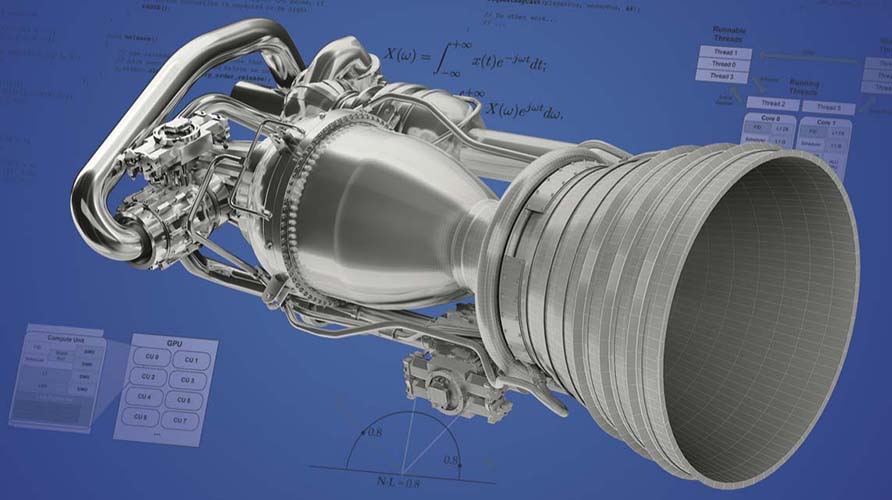
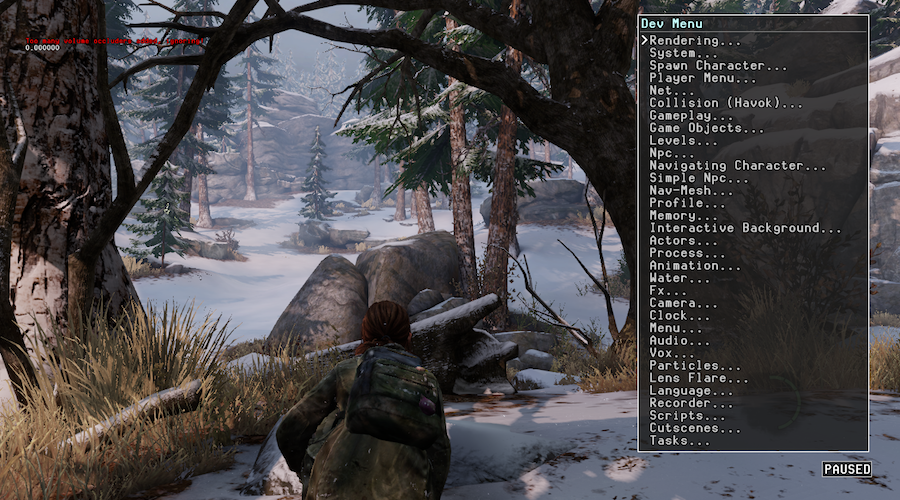

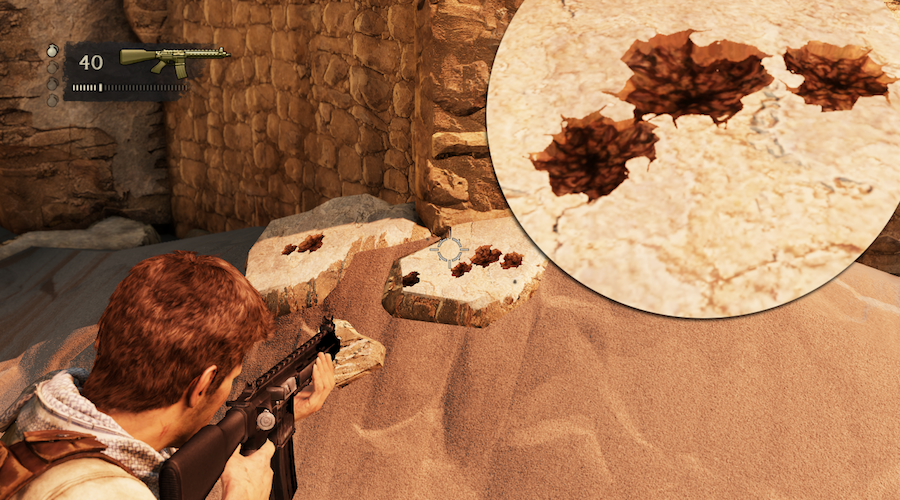
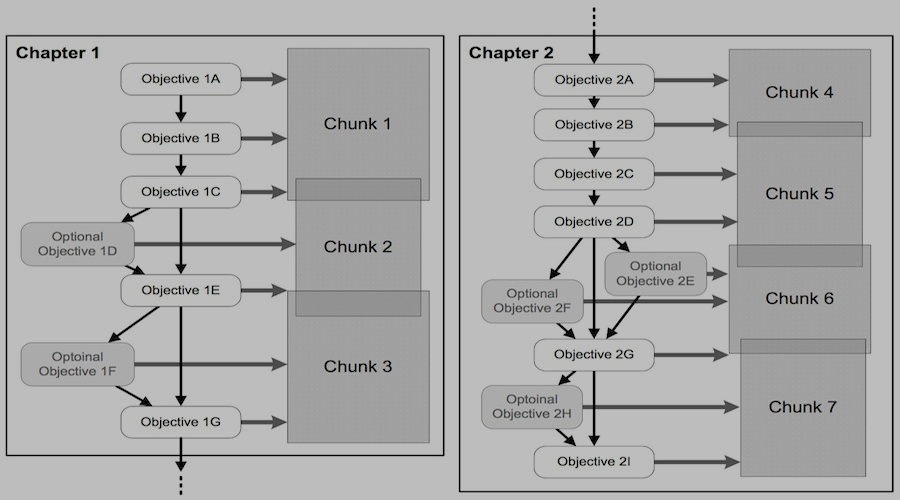
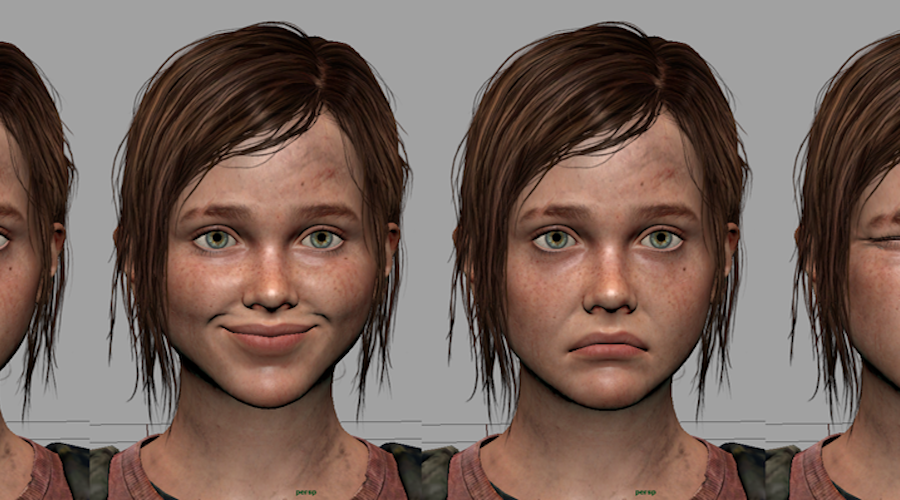
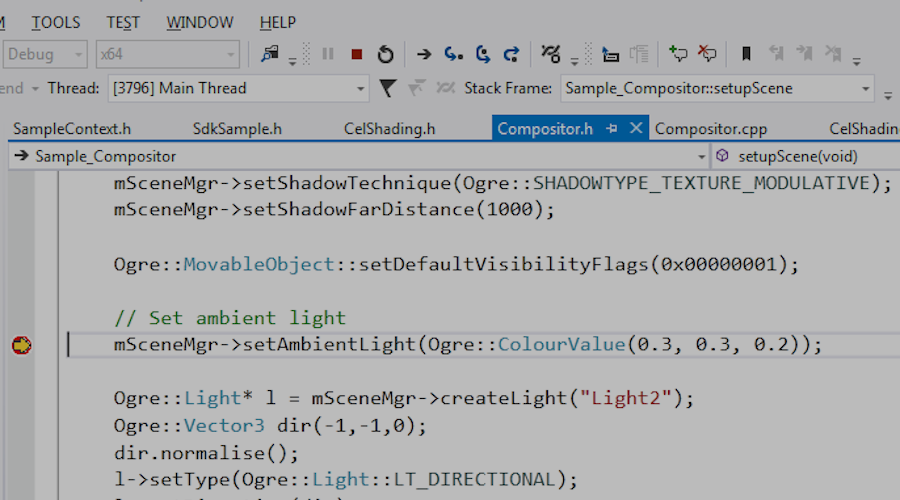
Game Engine Architecture was a nominee for the 2009 Game Developer Magazine Front Line Awards.
Game Engine Architecture covers both the theory and practice of game engine software development, bringing together complete coverage of a wide range of topics. The concepts and techniques described are the actual ones used by real game studios like Electronic Arts and Naughty Dog. The examples are often grounded in specific technologies, but the discussion extends way beyond any particular engine or API. The references and citations provided in this book make it a great jumping off point for those who wish to dig deeper into any particular aspect of the game development process.
This book is intended to serve as the course text for a college level series in game programming. It can also be used by amateur software engineers, hobbyists, self-taught game programmers and existing members of the game industry alike. Junior game engineers can use this text to solidify their understanding of game technology and engine architecture. Even senior engineers who specialize in one particular field of game development can benefit from the bigger picture presented in these pages.
Game Engine Architecture is available for sale now at major outlets including www.amazon.com, www.barnesandnoble.com, and www.crcpress.com.

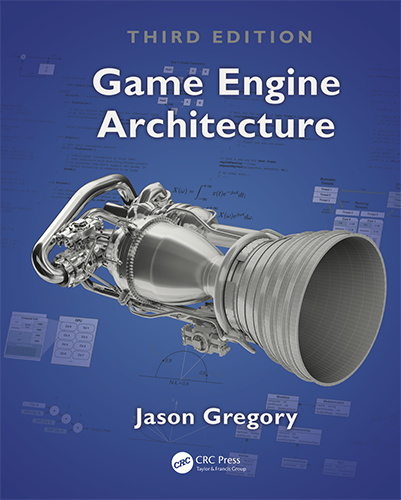
This new and improved third edition offers the same comprehensive coverage of game engine architecture provided by previous editions, along with updated coverage of:
This edition also provides some new insights into the making of Naughty Dog's The Last of Us Remastered™, Uncharted 4: A Thief's End™ and Uncharted: The Lost Legacy™. It also repairs all of the errata that you, my devoted readers, found in the first and second edtions.
Thank you for the feedback -- keep it coming!
Customer reviews of Game Engine Architecture can be found at www.amazon.com, www.amazon.co.uk and www.amazon.de. GEA cites the OGRE rendering engine as a great example of how various engine systems can be designed and implemented, and I'm proud to report that GEA was featured on the OGRE web site. GEA was also reviewed on the Real Time Rendering blog. Real Time Rendering is the definitive source of information on modern computer graphics for games and other real-time applications, and I highly recommend it.
